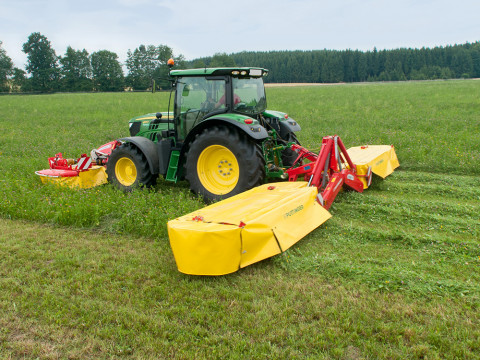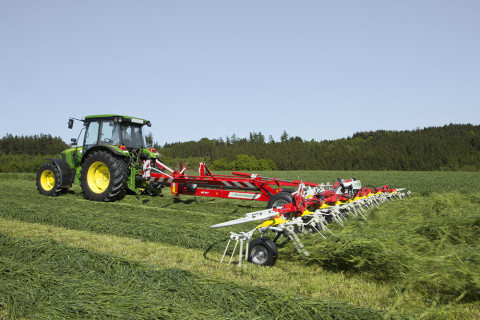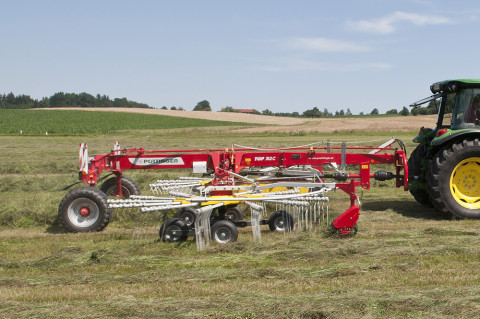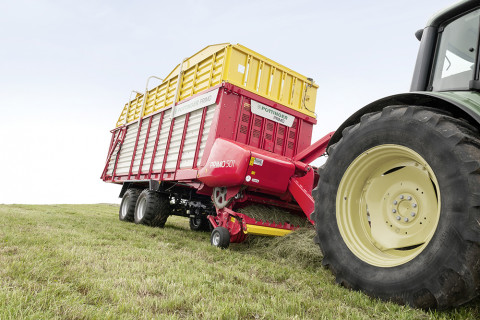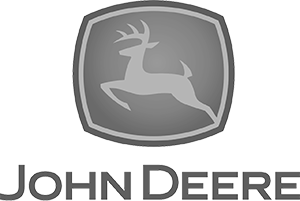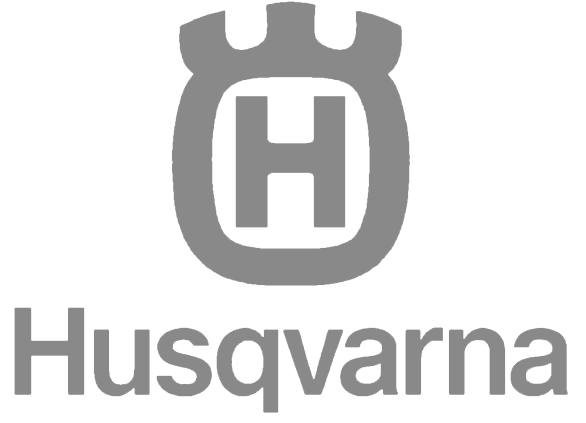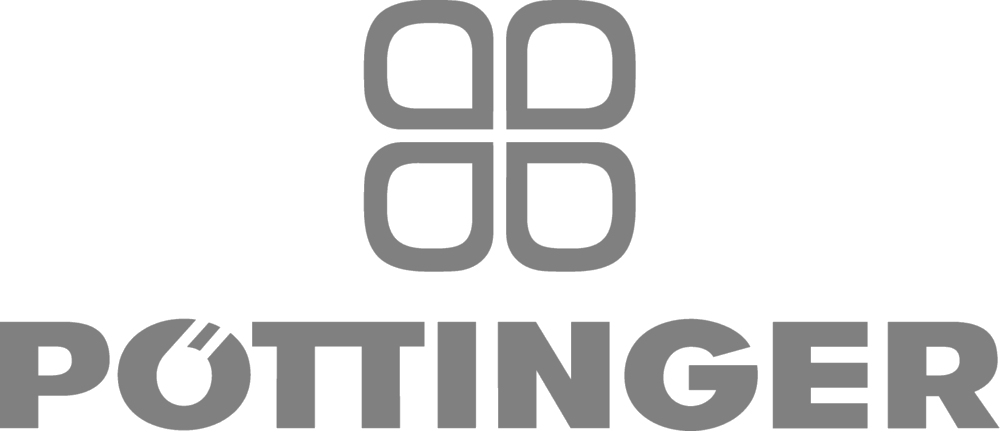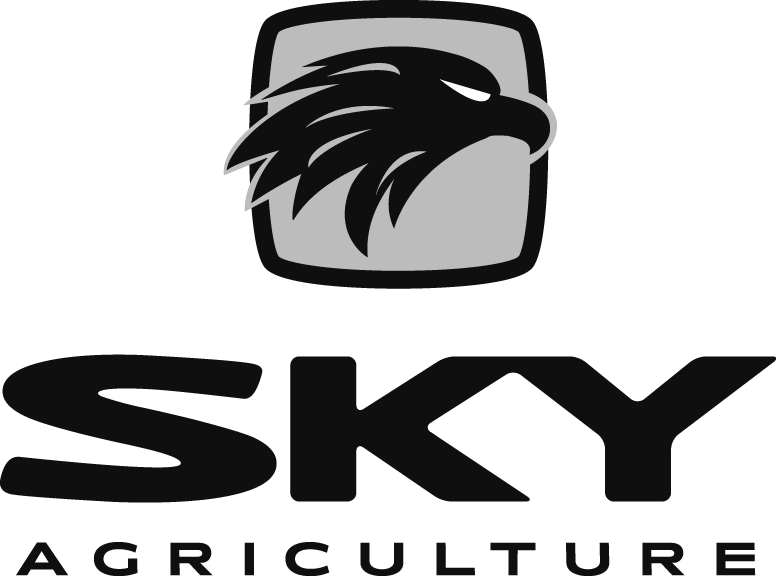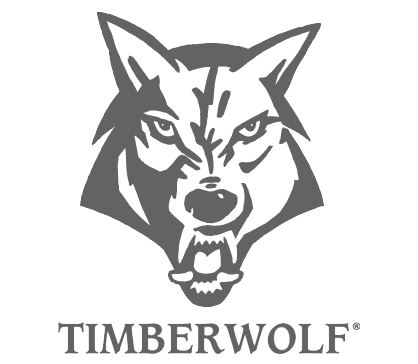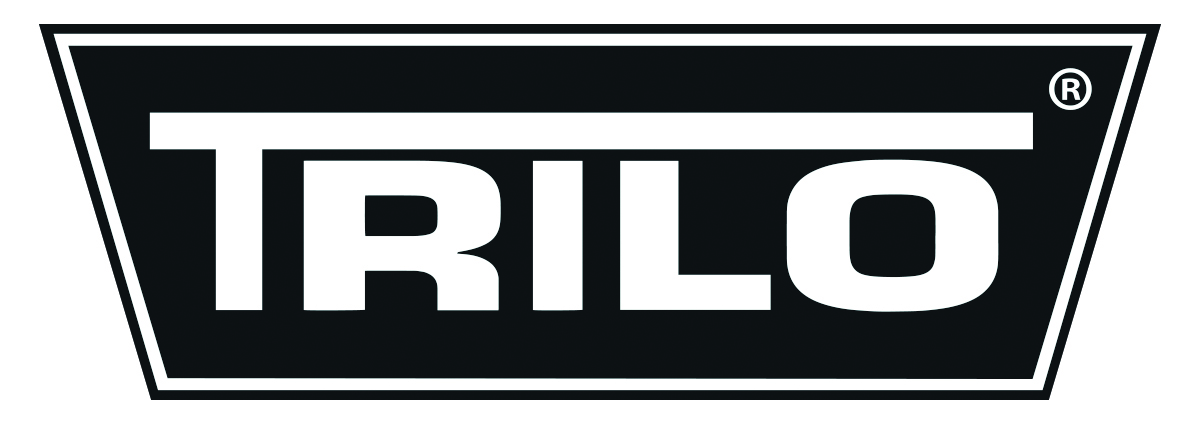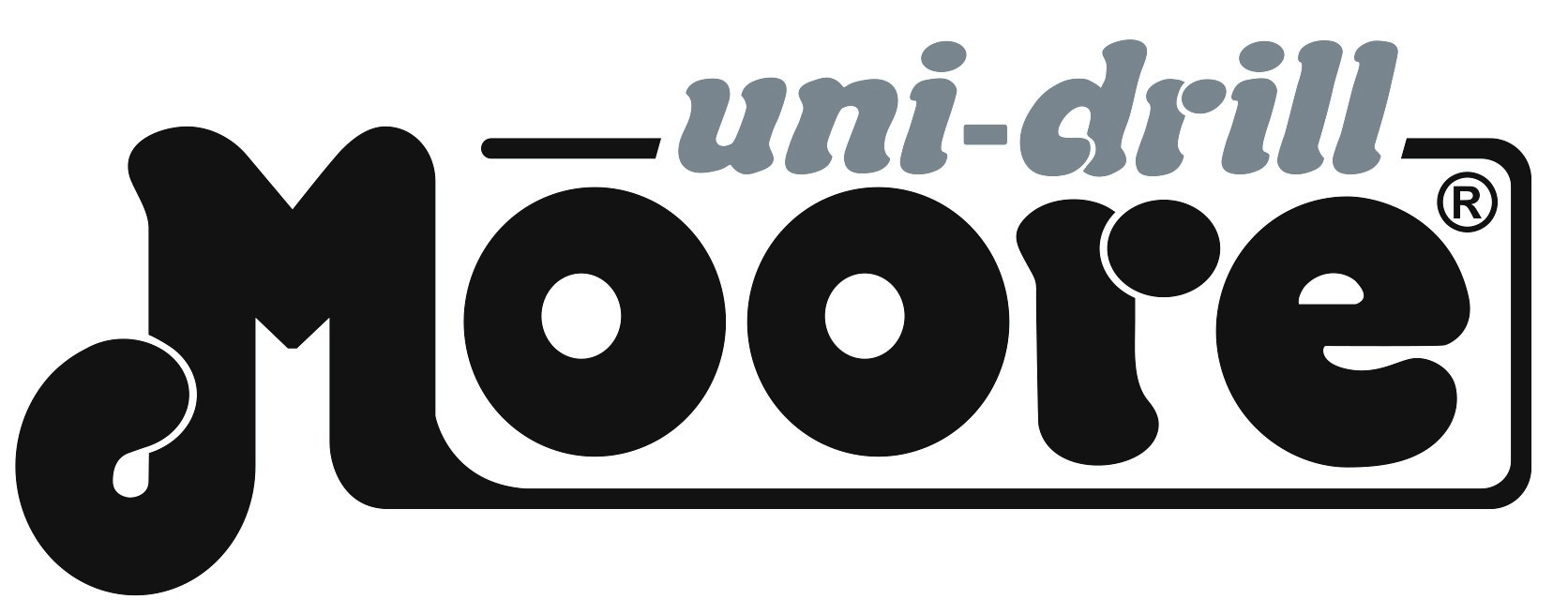When it comes to maximising silage quality and minimising costs, farmers are encouraged to take a number of simple steps to avoid contamination and enhance feed value. Such was the message at a Tallis Amos Group (TAG) Pottinger customer evening, held in Pembrokeshire and attended by some 40 farming customers.
The importance of the subject was backed-up by industry data showing substantial losses, particularly in the dairy industry, are occurring because of contamination to the grass crop both at cutting, harvesting and storage. By reducing ASH content (contamination) by just 1% means 1% higher energy intake, resulting in the potential of an additional 200 litres of milk per cow, which for a 150 cow herd could increase income by approximately £7500. per annum. Overcoming these contamination issues is very much attention to detail and Pottinger UK General Manager, Shaun Groom, outlined a number of positive actions that can be taken in the grass harvesting process to minimise contamination.
“There are a number of key factors that we need to consider,” said Shaun, “some we cannot change, such as climatic conditions, soil type and terrain. However, efficient management of fertiliser applications, intensity of use and grass husbandry in general means that we have the potential to get the best from our leys. Choice and maintenance of machinery plays a major role in improving herd performance more than one would appreciate.”
Industry research shows that ‘clean harvesting’ is the key to producing high quality forage. If you are a clamp user, then ensuring the clamp and surroundings are clean to start with, limits the potential for contamination. Likewise, storage of wrapped bales also can be affected by how and where they are stored. The same research shows that soil and farmyard manure are breeding grounds for harmful micro-organisms. These micro-organisms are responsible for the decomposition of valuable nutrients within the forage such as sugar, proteins and vitamins in the least, all of which reduce feed value and have a negative effect on profitability. They can also cause temperature increase and the production of butyric acid, resulting in decay of the forage.
Step One; Cleanliness - the answer is to ensure that the storage sites are absolutely clean and clear from any contamination at the outset and that they cannot be contaminated through the curing or long term storage process.
Step Two; Optimum cutting date. Here there is always the choice between quality and volume. Again, research shows that the stage of growth at which the crop is cut will have more influence on the feed value of the forage. Experience and research shows that by cutting grass at a ‘beer-bottle’ height, giving a potential of 72 D value from a long-term ley would give the potential for the best quality end product. By allowing the stems to lengthen and then head will dramatically increase fibre content, which in turn reduces feed value. The more fibrous the material, the more power needed for chopping and therefore there is a negative increase in fuel and harvesting costs.
Step Three; Choice of harvesting equipment. Harvesting technology, through the use of crop-friendly machinery can have a major effect on quality of forage. Machine condition can have a significant effect on harvesting efficiencies - costs. If mower/baler forage wagon blades are damaged or blunt, then power and fuel consumption can increase significantly. Machine maintenance is paramount to an efficient cut, while minimising soil contamination.
Step Four; Height of cut. Often mowers and mower conditioners are set too close to the ground causing scalping, soil contamination and slow regrowth. Research shows that by cutting standing crop to no less than three inches of stubble height, provides the ultimate potential for uncontaminated forage.
Step Five; Conditioning. By passing grass crop through a tined conditioner, the wilt time can be reduced significantly and therefore less potential for contamination and crop deterioration. The more aggressive the conditioner setting, generally the faster the wilt time. Roller conditioners work best in more fragile crops such as clovers, and lucerne and help to avoid leaf-loss.
Step Six; Tedders and Rakes. The correct setting of tedders and rakes in any crop can help reduce contamination significantly. These two tasks alone can account for the majority of crop contamination if settings are not adjusted correctly, but Pottinger has developed new technology that has proven to reduce contamination. Pottinger’s Multitast system has been tested by the world renowned DLG and has shown to reduce ASH contamination by over 200kg per hectare. That’s an awfully impressive saving over traditional systems. Not only does cleaner forage benefit through improved yield but also helps reduce losses through reduced vet bills and lost stock. The DLG report that Pottinger’s Multitast in tests showed the lowest losses and the cleanest rakings - something worth considering when making your next purchase.
Step Seven; Review harvesting techniques. The cost of fuel, labour and depreciation on large machinery needs to be considered in overall milk production. Pottinger’s approach is to focus on the Forage Wagon, with a fixed knife construction offering a typical chop length of 30-60mm - considered by most to be the ideal length for ruminants. Not only does it consume less fuel per tonne of grass collected and moved, but it also reduces ground compaction, maintains better residual value and provides greater flexibility of investment, requiring less labour than other systems. World-wide, six out of ten Forage Wagons bought by farmers are manufactured by Pottinger, testament to their market leadership and technological development that is considered way ahead of other manufacturers.
